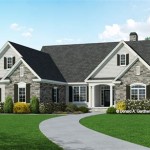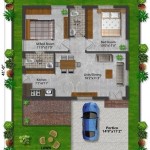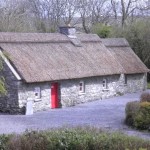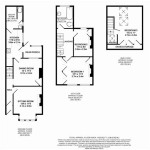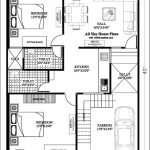Farmhouse Table Wood Plans
Building a farmhouse table is a rewarding project that can add a touch of rustic charm to any dining space. However, the project's success hinges on well-detailed and easy-to-follow farmhouse table wood plans. A comprehensive plan should outline all necessary materials, tools, and step-by-step instructions, catering to varying skill levels. Locating and selecting the right plan is the crucial first step in crafting a beautiful and functional farmhouse table.
Key Points to Consider When Choosing Farmhouse Table Wood Plans:
- Skill Level
- Table Dimensions
- Material Choice
- Style Preferences
- Budget
Numerous resources offer a wide variety of farmhouse table plans. Online woodworking communities, DIY websites, and even dedicated woodworking magazines provide plans ranging from simple designs for beginners to intricate projects for experienced woodworkers. Some resources offer free plans, while others require a purchase or subscription. Free plans can be an excellent starting point for novice builders, while premium plans often include more detailed instructions, 3D models, and material lists. It's essential to carefully evaluate the available options and select a plan that aligns with the individual's skill set, desired table style, and budget.
Essential Features of a Good Farmhouse Table Plan:
- Detailed Material List
- Clear, Step-by-Step Instructions
- Dimensions and Diagrams
- Tool Requirements
- Finishing Recommendations
Once a plan is chosen, gathering the necessary materials is the next critical step. Most farmhouse table plans utilize readily available lumber like pine, oak, or maple. The plan will specify the required wood dimensions and quantities. It's recommended to purchase high-quality lumber free from significant knots or warping to ensure the table's durability and aesthetic appeal. Hardware, such as screws, bolts, and wood glue, will also be required. The plan's materials list should provide a comprehensive overview of everything needed for the project.
Critical Steps in Building a Farmhouse Table:
- Preparing the Wood (Cutting and Sanding)
- Assembling the Tabletop
- Building the Table Base
- Attaching the Tabletop to the Base
- Finishing the Table
Building the farmhouse table typically begins with constructing the tabletop. This involves joining the individual wood planks together to create a solid surface. Various joinery techniques can be used, depending on the chosen plan and skill level. Common methods include pocket hole joinery, dowel joinery, and mortise and tenon joints. Ensuring these joints are tight and secure is crucial for the table's stability. After assembling the tabletop, it's typically sanded smooth to prepare for finishing.
Popular Farmhouse Table Styles:
- Traditional
- Modern Farmhouse
- Rustic
- Reclaimed Wood
- Live Edge
The table base design significantly contributes to the overall farmhouse aesthetic. Common base styles include pedestal bases, trestle bases, and X-frame bases. The plan will provide detailed instructions on constructing the chosen base style. Accurate measurements and precise cuts are vital to ensure the base is sturdy and can support the tabletop. Once the base is complete, it's attached securely to the tabletop using appropriate hardware.
The final step is finishing the table. This involves applying a protective coating to the wood, enhancing its natural beauty and protecting it from wear and tear. Popular finishes for farmhouse tables include paint, stain, and polyurethane. The choice of finish depends on the desired look and the type of wood used. Multiple coats may be necessary to achieve the desired level of protection and color depth. Proper surface preparation, including sanding and cleaning, is essential for a smooth and even finish.
Common Wood Choices for Farmhouse Tables:
- Pine
- Oak
- Maple
- Reclaimed Wood
Safety precautions should be observed throughout the entire building process. Always wear appropriate safety gear, such as eye protection, hearing protection, and a dust mask. Use power tools cautiously and follow the manufacturer's instructions. A well-ventilated workspace is also essential when working with wood finishes. Careful planning, accurate measurements, and attention to detail will contribute to a successful and rewarding farmhouse table building experience.
Tips for Successful Farmhouse Table Building:
- Pre-drill pilot holes to prevent wood from splitting.
- Use clamps to hold pieces together securely while the glue dries.
- Sand all surfaces smooth before applying the finish.
- Apply multiple thin coats of finish rather than one thick coat.
- Allow ample drying time between coats.

Farmhouse Table Updated Pocket Hole Plans Ana White

Diy Small Farmhouse Table Plans And Tutorial

Rustic Farmhouse Table With Breadboard Ends A Free Diy Plan Edhart Me

Farmhouse Table Plans To Build How A Diy

Diy Farmhouse Table Free Plans Rogue Engineer

Diy Farmhouse Table And Bench Using Free Plans From Ana White

How To Build A Farmhouse Table

How To Build A Farmhouse Table

30 Rustic Diy Farmhouse Table Plans Free Plan

Wood Farmhouse Dining Table Free Plans The Duvall Homestead

